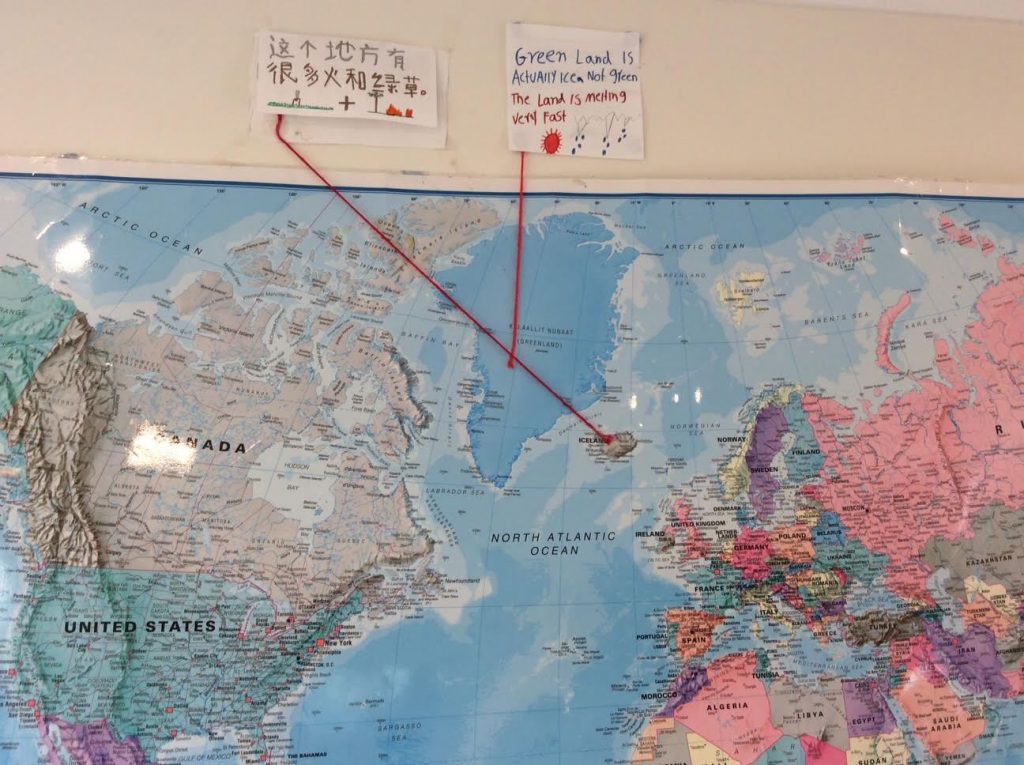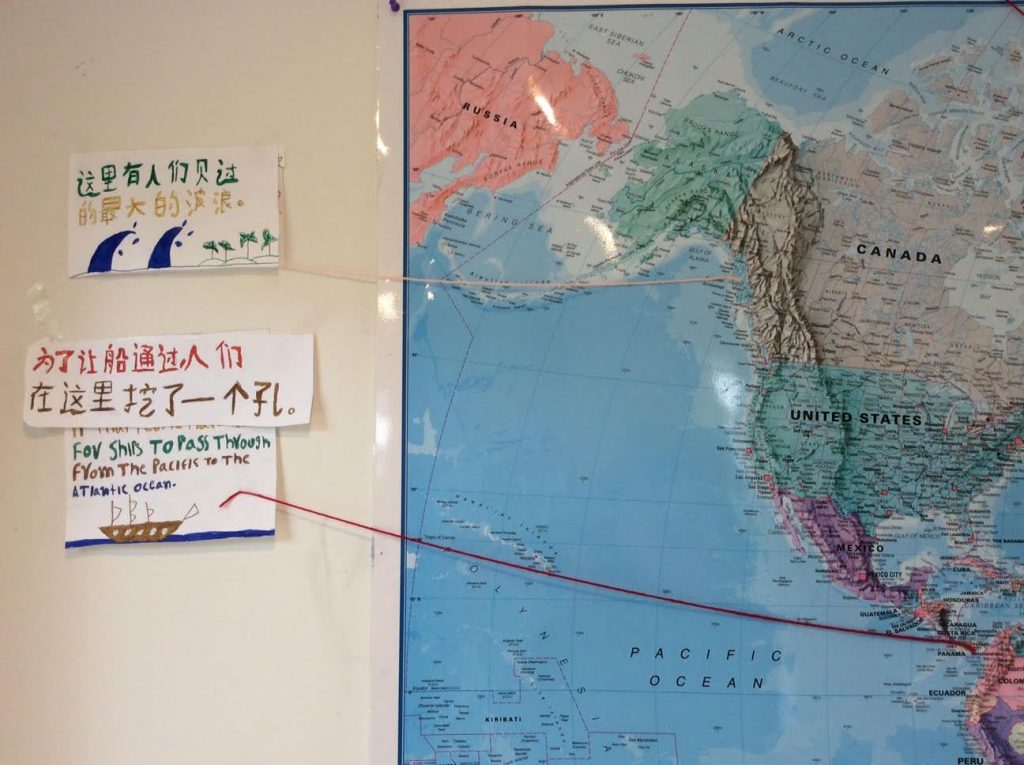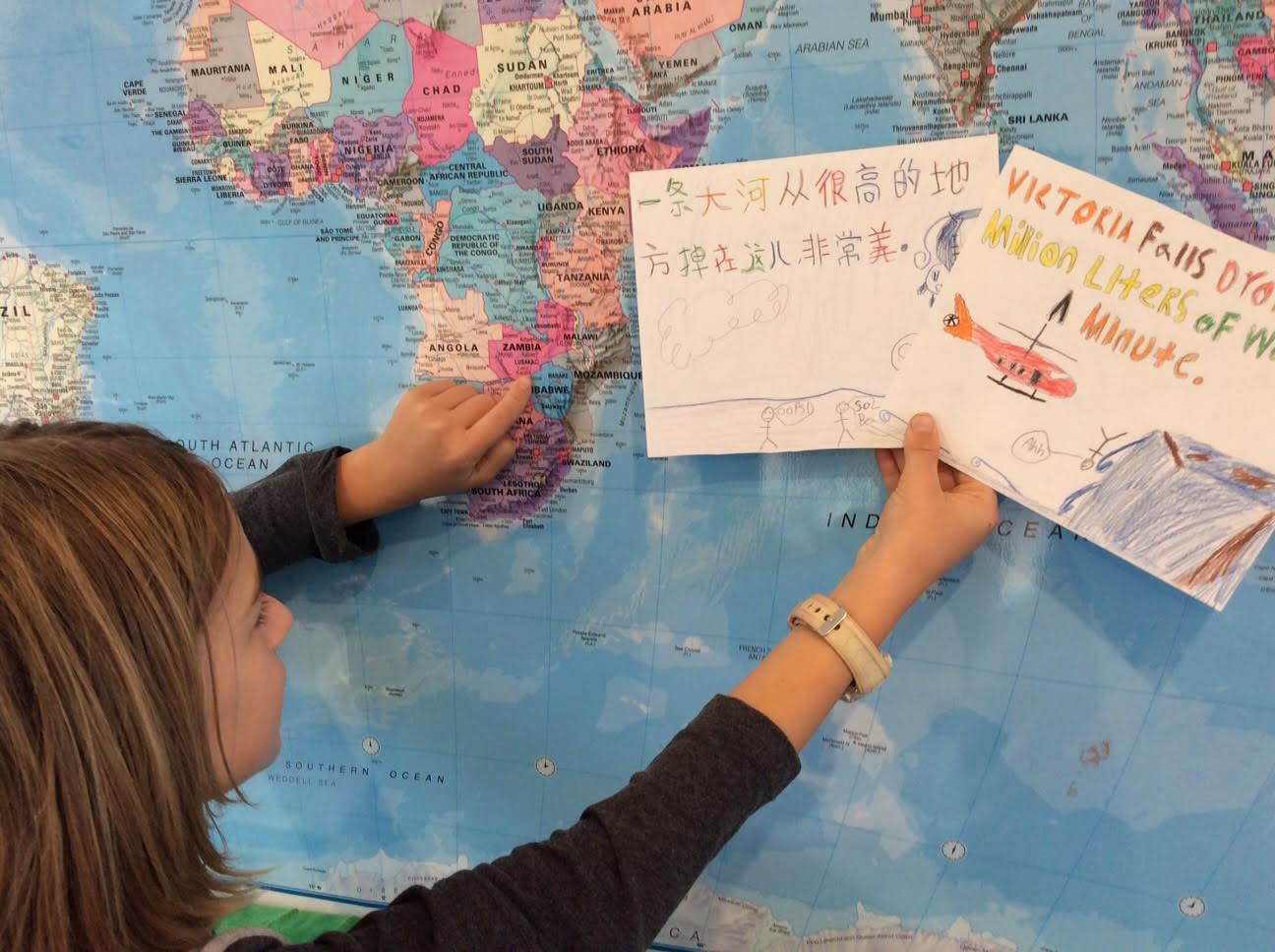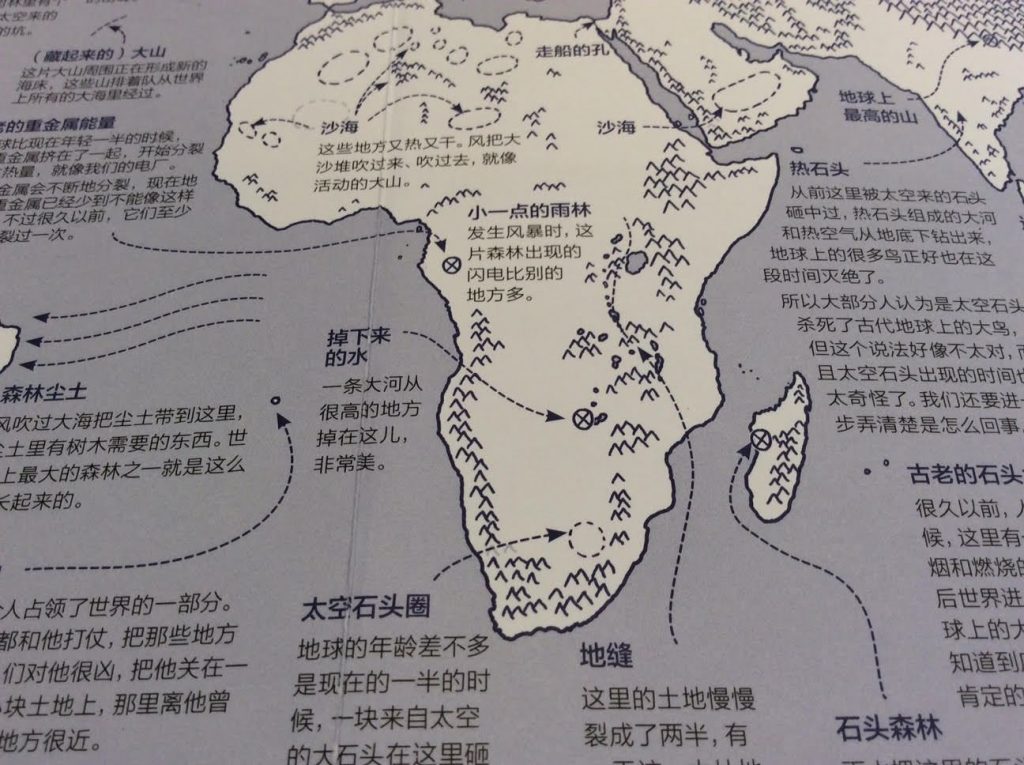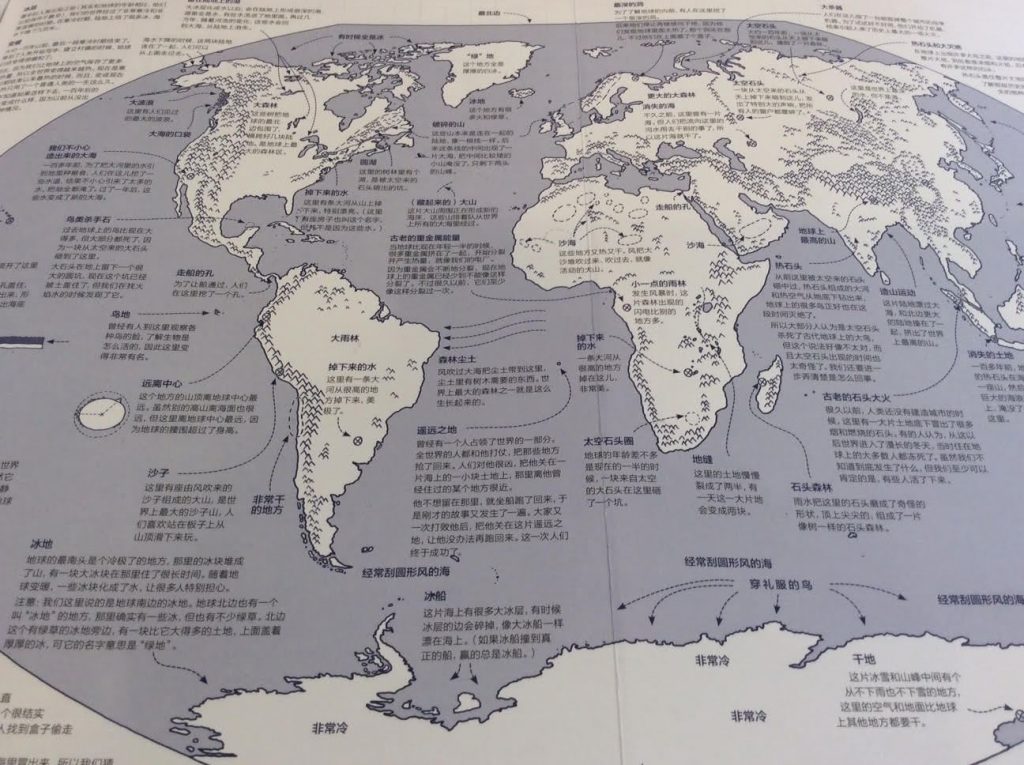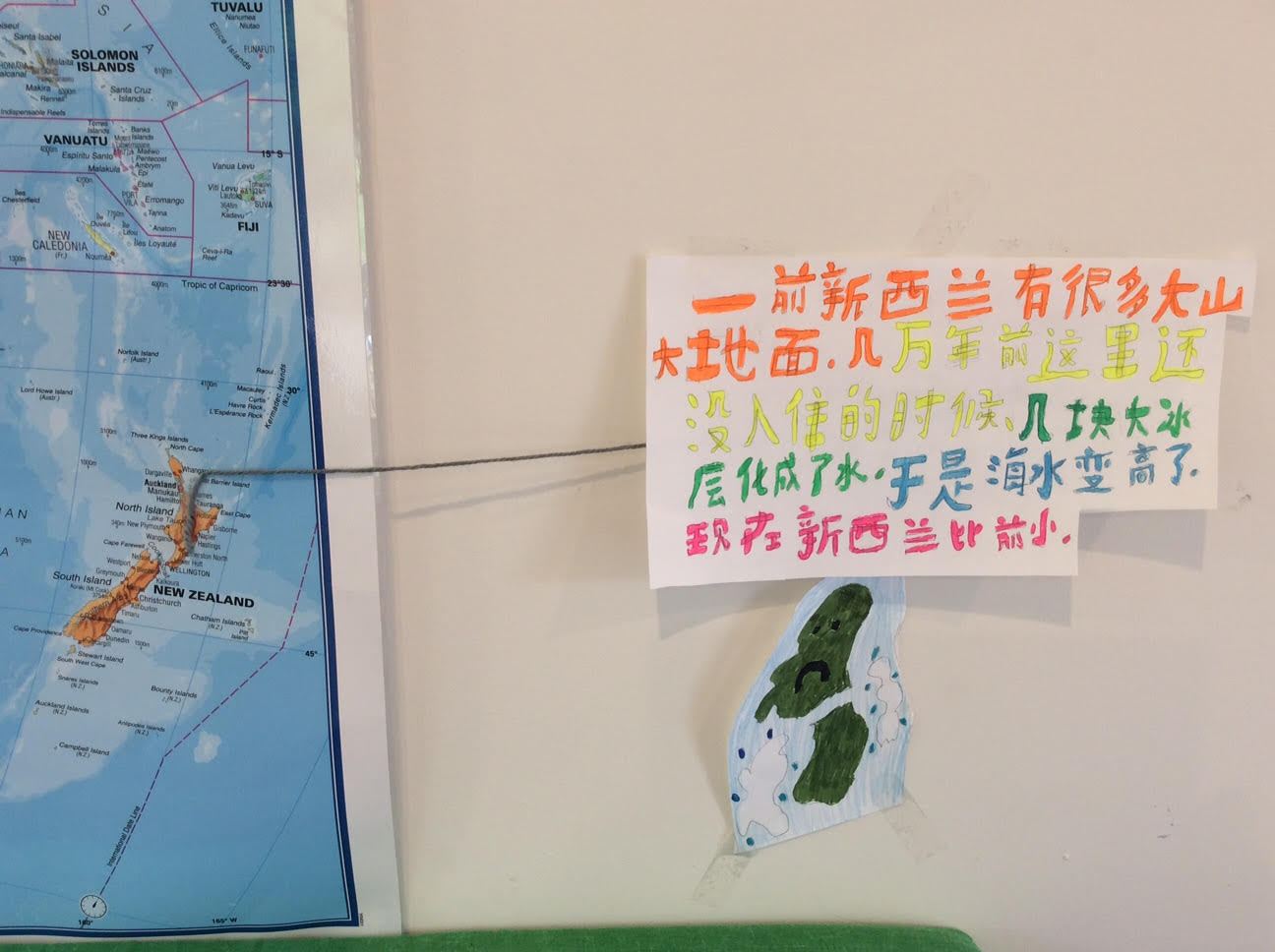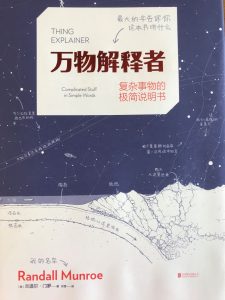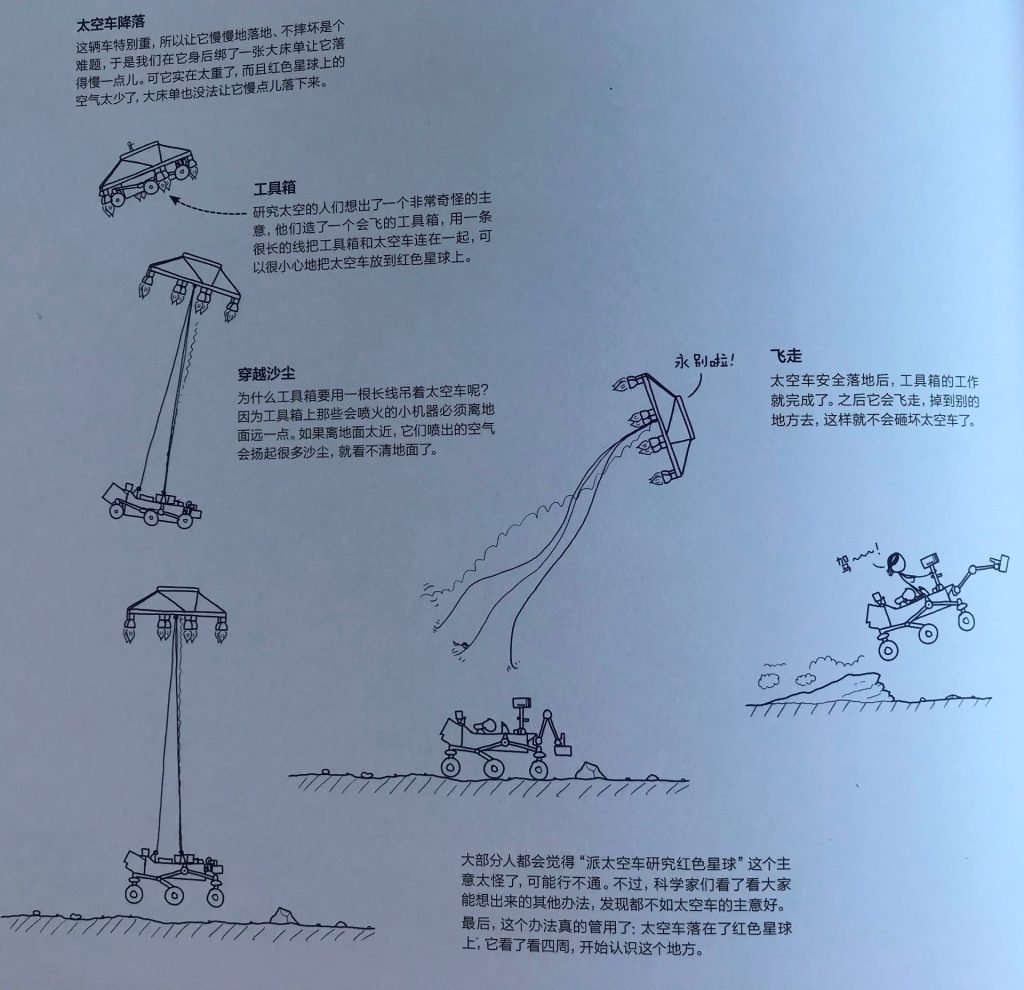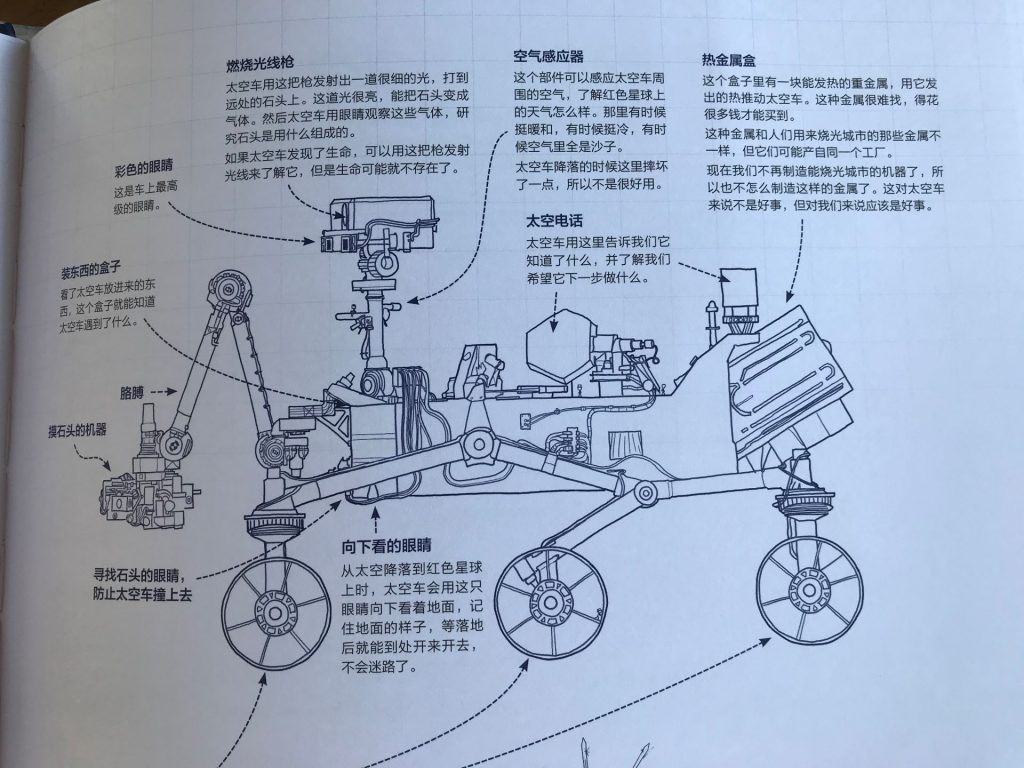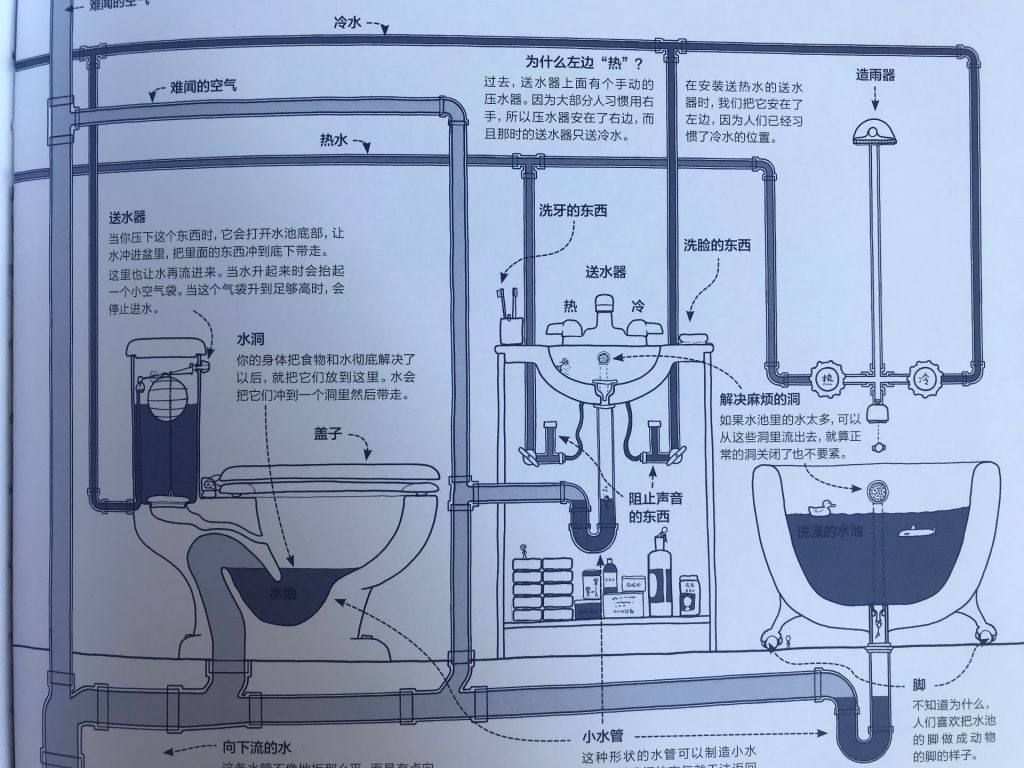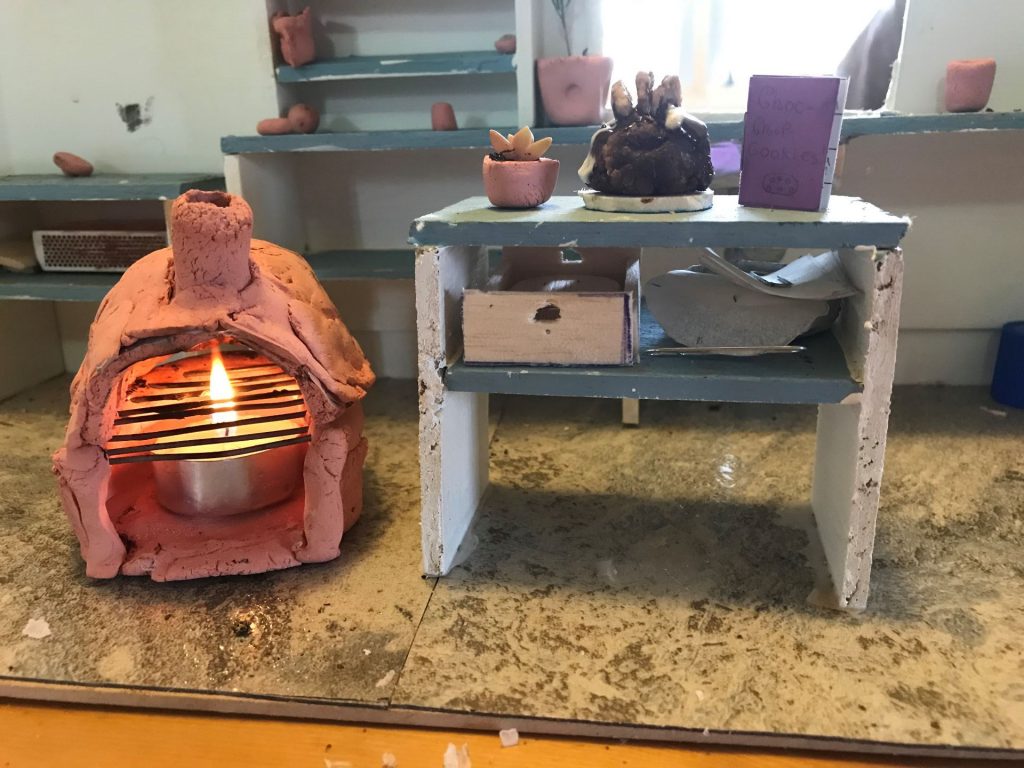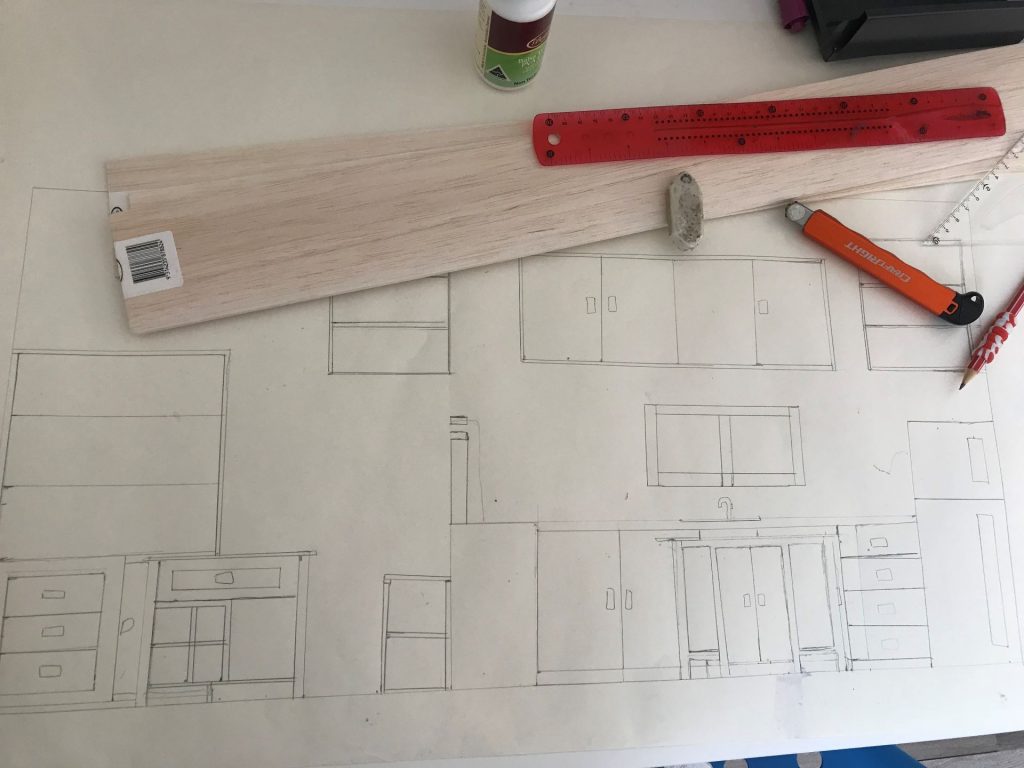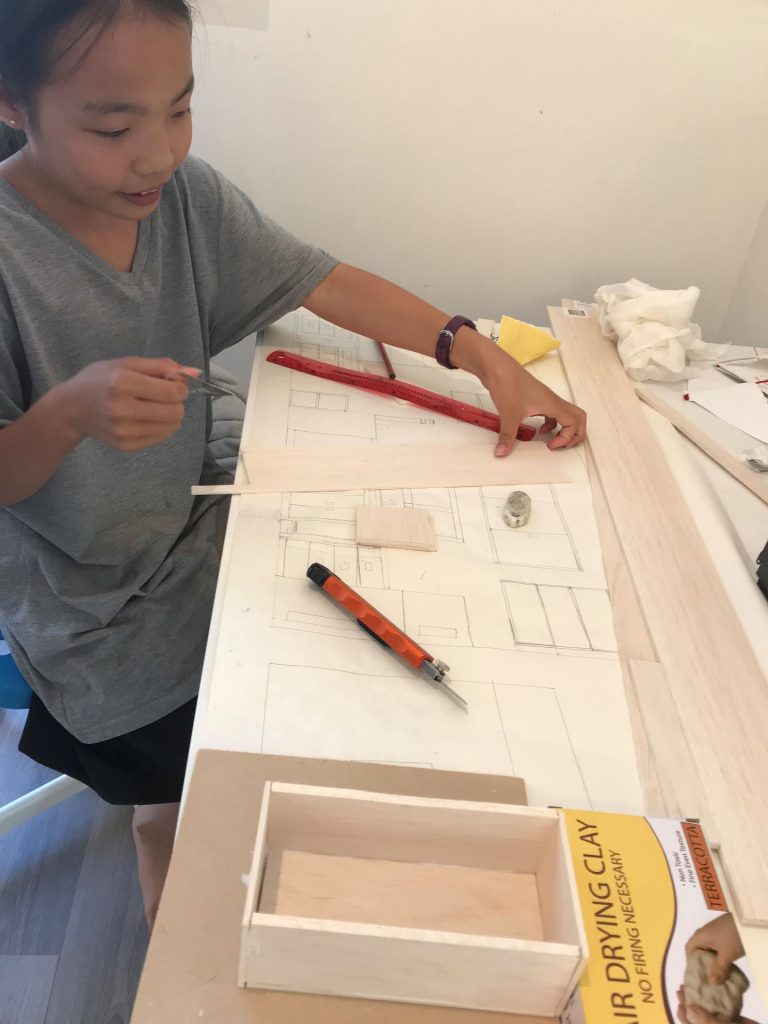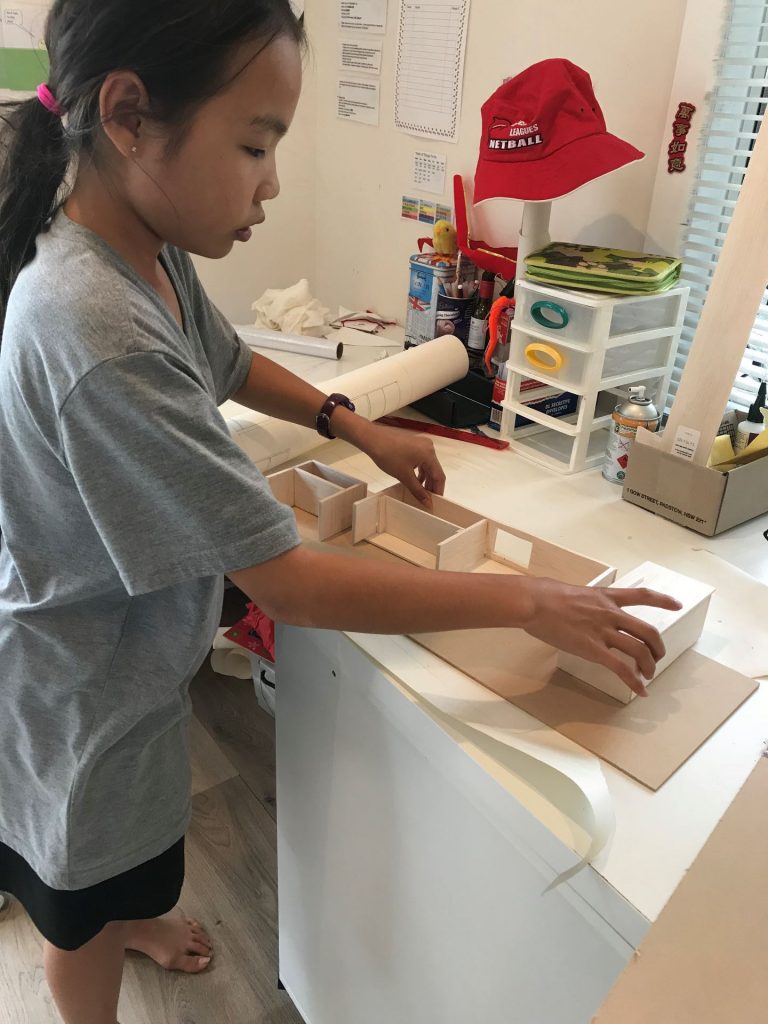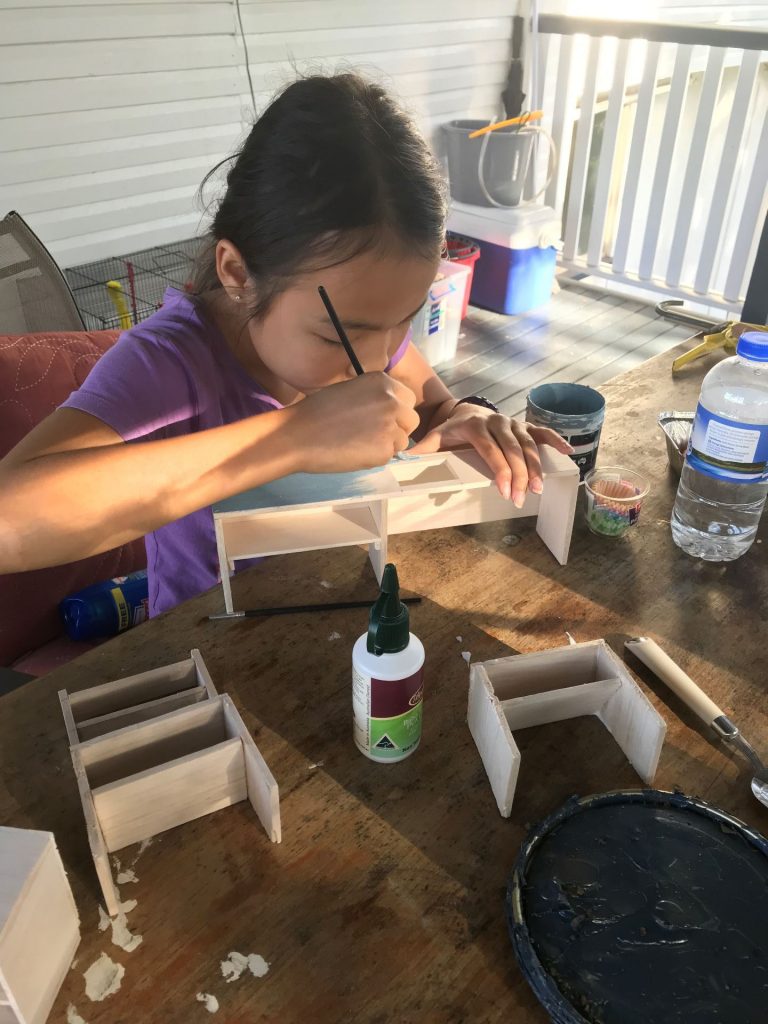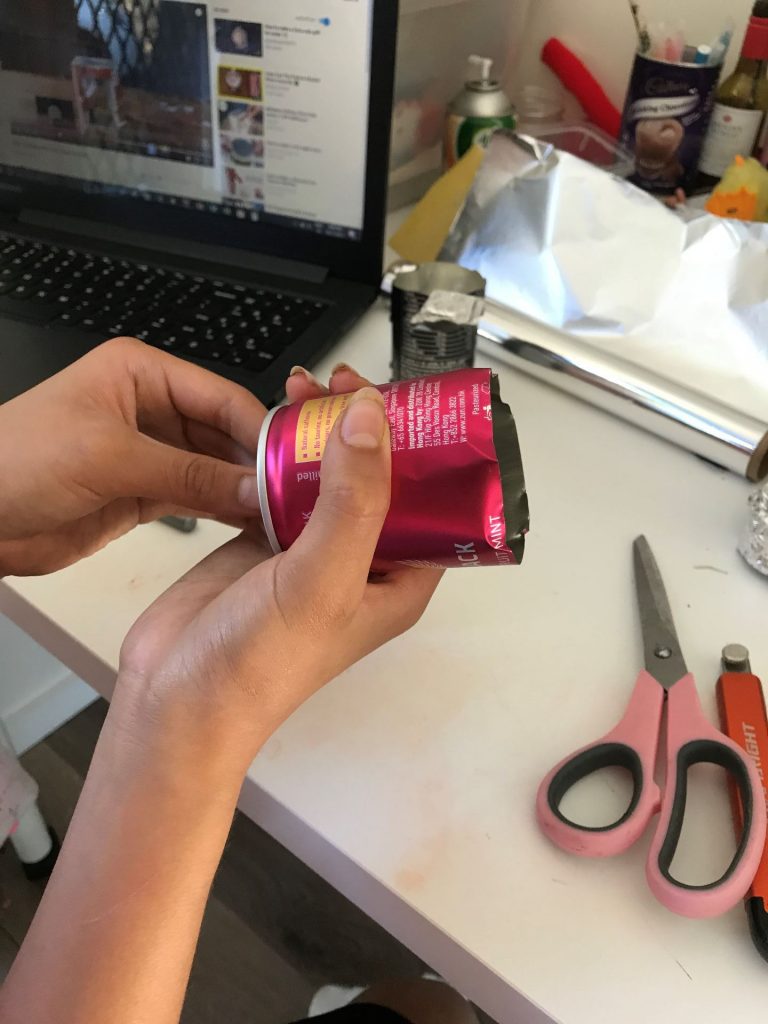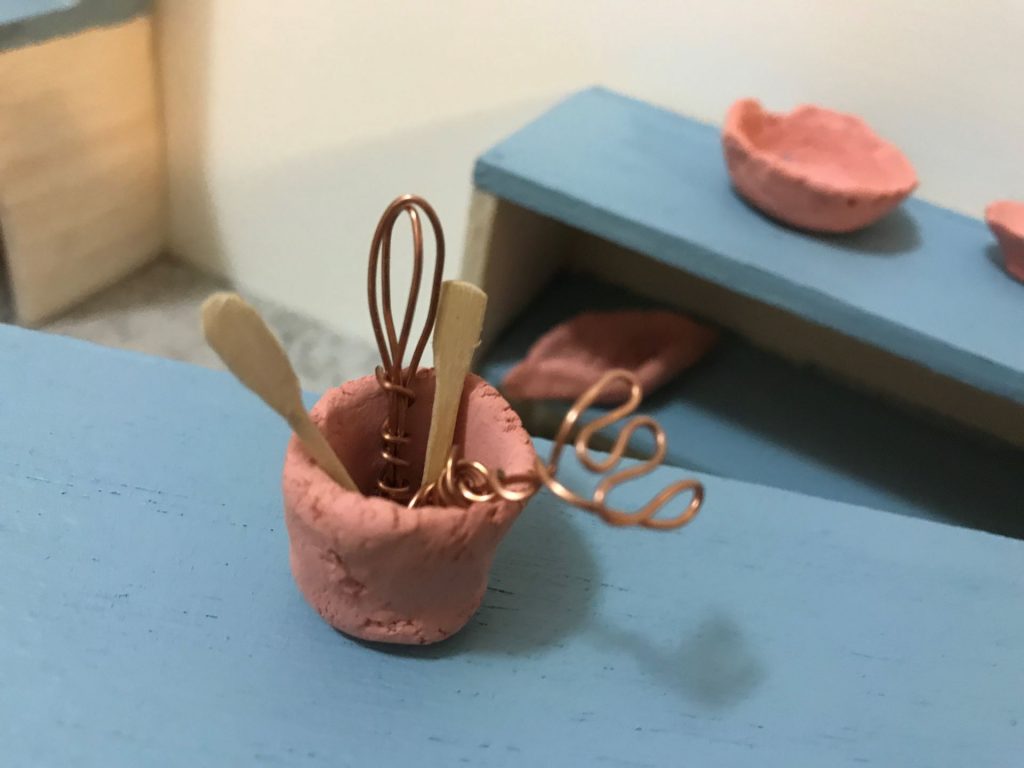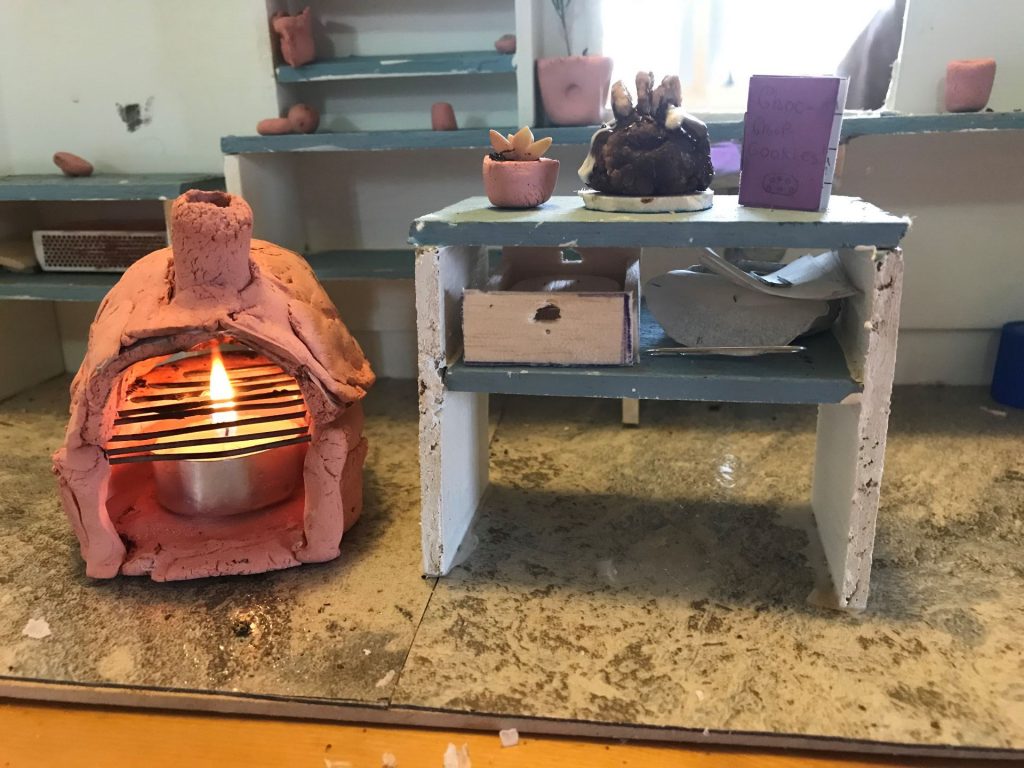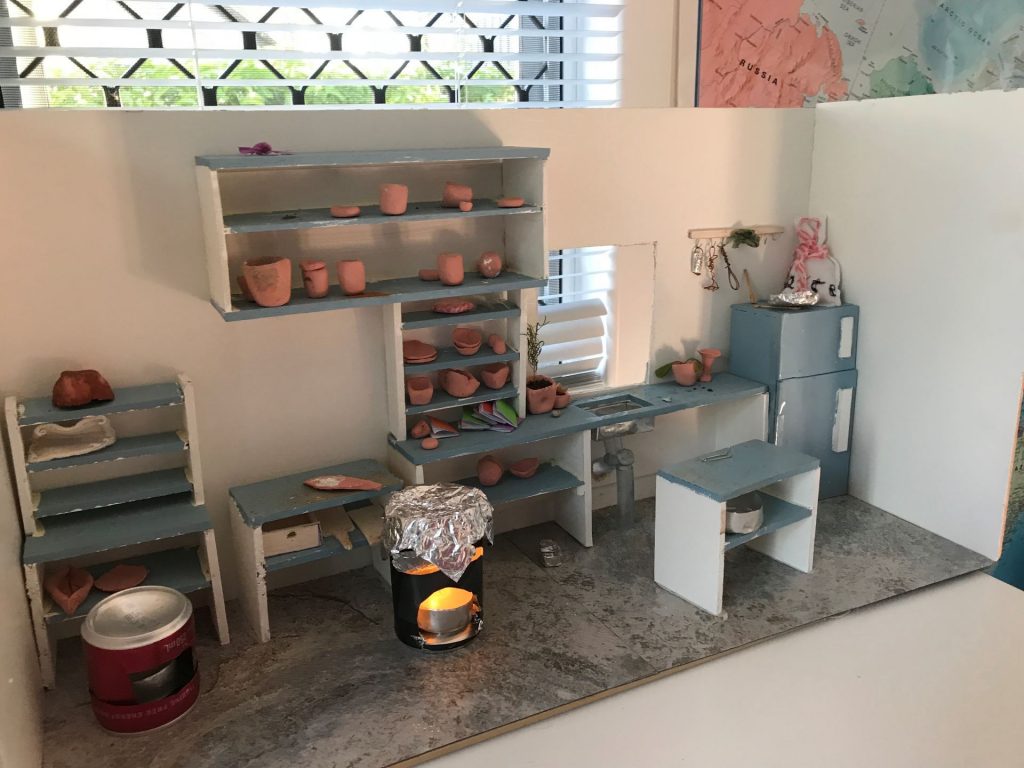We need your feedback 🙂
We are making WAM videos!
No not Wham videos!
Although our technology at the moment seems very 80’s 🙂
WAM stands for ‘Words Action Music’. WORDS ACTIONS and MUSIC together use Multiple Intelligences and create a more complex representation of a word, making recalling second language vocab easier. Plus putting it all together like this to rhythm feels fun for both body and mind.
These are our very first ones (learning fruit vocab), and even though we had a microphone we know we have to work on the sound more…and framing, and lighting…we are amateurs learning LOL. But we will work on it for our future videos, but only if you think they might be useful for you! So please give us your feedback so we know 🙂
We hope to use a better platform to share these videos with our families soon, together with story videos so that we can incorporate vocab, sentence patterns and grammar in our WAM videos…but we need to know if you think they would help you!
In the meantime here are our pilot videos and the instructions on what to do. Let us know if you think they will be good for learning Mandarin vocab and practicing your Auslan signs in the bargain 🙂 (***See Auslan note at end of post***)
There will be a sequence of 4 WAM Videos, to help you practice, then try and recall all by yourself 🙂
1. An example video that has a student, showing you what you have to do…ie be the echo to the beat, repeat the WORD and do the ACTION 🙂
2. A video that leaves a space in the beat that you do the echo, repeat the WORD and do the ACTION. This is the video to keep watching and echoing to practice 🙂
3. A video that just does the ACTION, and you have to say out loud the WORD all by yourself! If you miss a WORD, just let the video play and try and get the next WORD. If you find this tricky, then watch video 2 some more and practice before trying again 🙂
4. A video with the WORD only, and you have to do the ACTION. Again if you miss an ACTION just carry on and try and get the next ACTION. If you find it tricky, watch video 2 some more to practice, and then try again 🙂
We will work on the sound and adding text to these videos for you etc….but first we need to know if you think WAM videos will help families at home learn some vocab 🙂
The words in our video are as follows:
| 苹果 | píng guǒ | Apple |
| 香蕉 | xiāng jiāo | Banana |
| 葡萄 | pú tao | Grapes |
| 橘子 | jú zi | Orange |
| 草莓 | cǎo méi | Strawberries |
| 西瓜 | xī guā | Watermelon |
| 梨 | lí | Pear |
| 柚子 | yòu zi | Grapefruit |
| 营养 | yíng yǎng | Nutritious |
| 好吃 | hǎo chī | Tasty / Yummy |
****AUSLAN note***
Our actions to accompany our Mandarin are to get the Multiple Intelligences working and help recall Mandarin vocab. We use Auslan signs, as we feel that children may as well be learning Auslan sign vocab and learning vocab for two languages at once 🙂 AUSLAN is a language, with its own grammar, word order and culture, just like any other language. When we learn another language we have to learn a new set of grammar rules, and often a word order that is different to our first language. But in doing so we actually get to understand our first language better! Mandarin has a different word order to English at times, and some grammatical particles that just don’t exist in English. But as we learn the language, we get used to these differences. Auslan too has a different word order to English! So it is important to know, that if you want to learn Auslan, I would really recommend enrolling in a course, like the ones Lisa Mills Online has. That way you can become a multi lingual and communicate in Auslan too! You will already know a few signs 🙂
Music in videos : “Street Party” Kevin MacLeod (incompetech.com)
Licensed under Creative Commons: By Attribution 3.0 License
http://creativecommons.org/licenses/by/3.0/

